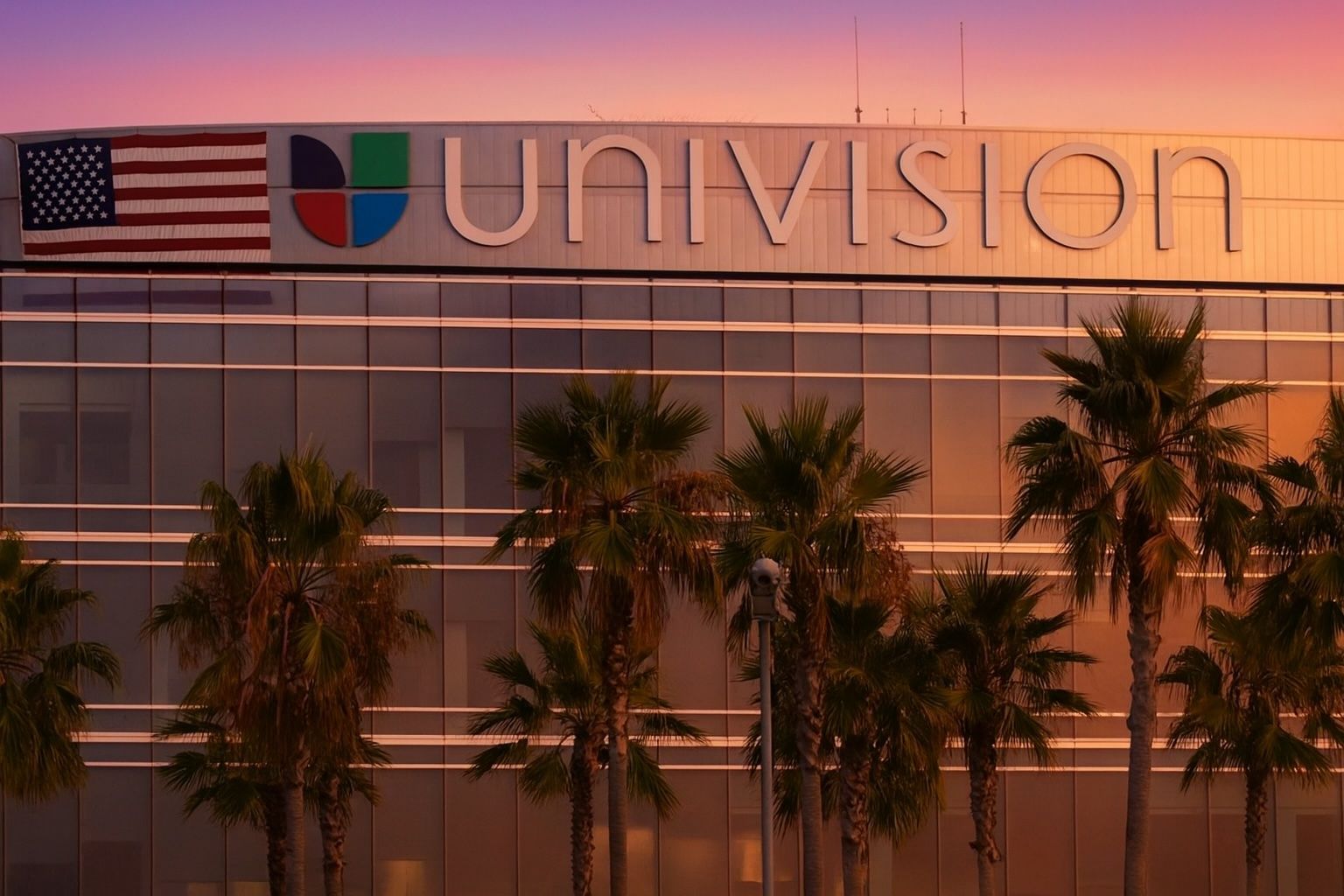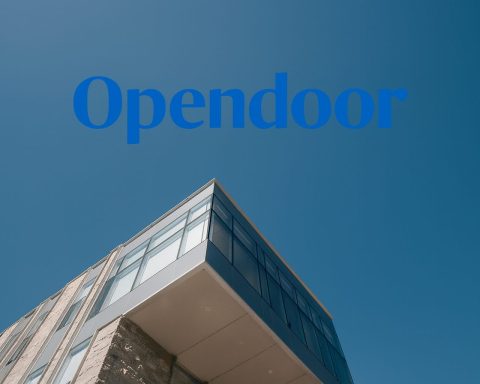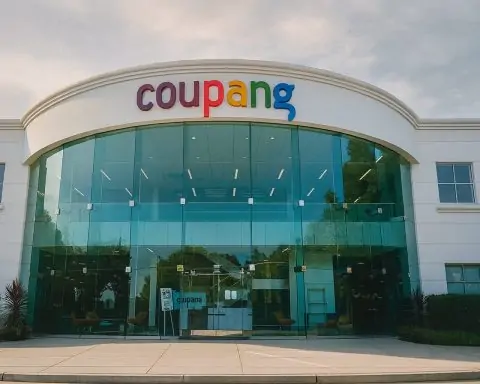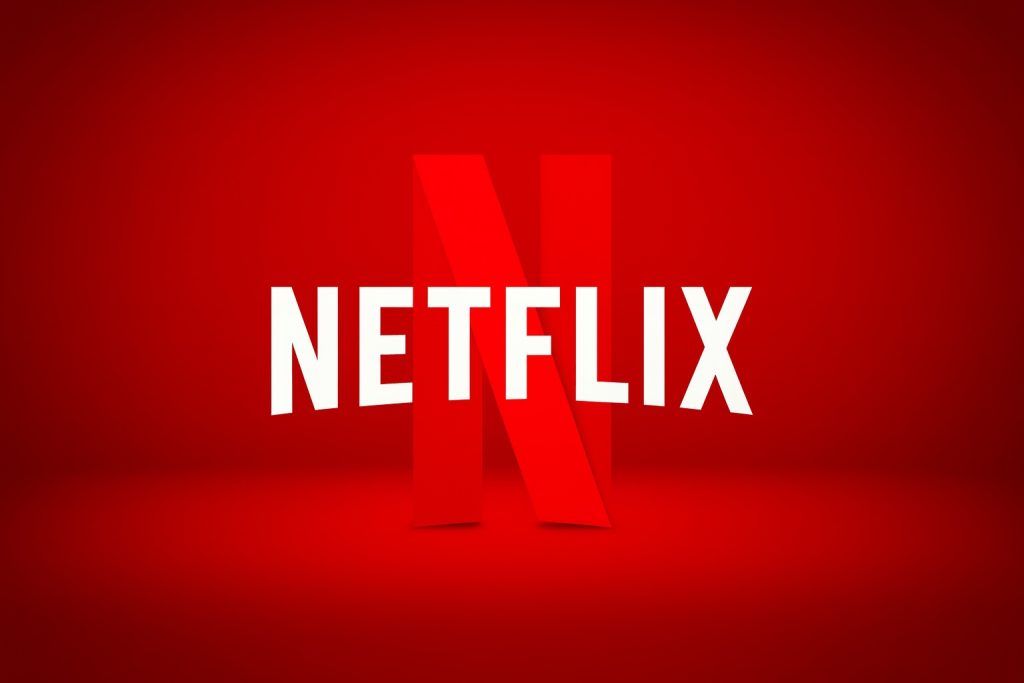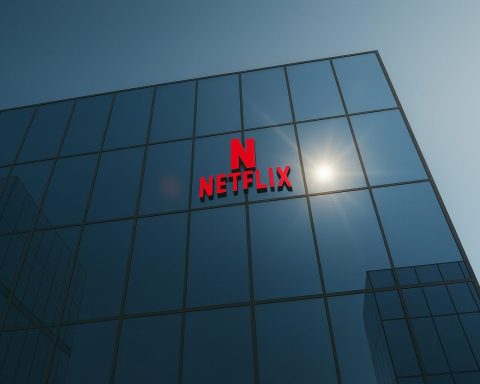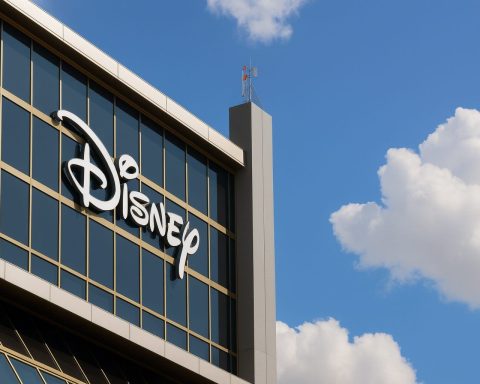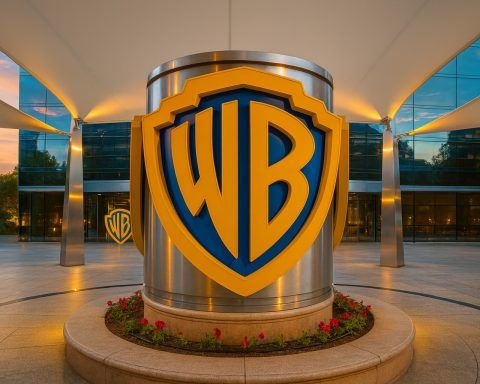- YouTube TV abruptly removed TelevisaUnivision’s Spanish-language channels (Univision, UniMás, Galavisión, TUDN, etc.) on Sept. 30, 2025, after the two sides failed to reach a new carriage agreement [1] [2].
- The crux of the dispute was YouTube TV’s demand to shift Univision out of its basic $82.99/month bundle into a $15/month Hispanic add-on tier – effectively an 18% price hike for viewers who watch Univision [3] [4].
- TelevisaUnivision’s leadership publicly condemned the move. CEO Daniel Alegre called it an “unacceptable threat” and a “Hispanic tax,” accusing Google of abusing its market power against Hispanic audiences [5] [6]. Google/YouTube, in turn, said Univision content accounts for only a “tiny fraction” of viewing on YouTube TV and defended its renewal offers as fair given actual consumption and pricing [7] [8].
- Texas Attorney General Ken Paxton wrote to Google labeling Univision’s removal “obvious retaliation” against viewpoint diversity (citing Univision’s 2024 Trump town hall) and vowed to take legal action if Univision stays off the service [9] [10]. Key Republican lawmakers (e.g. Sen. Ted Cruz) also blasted the blackout as Google “abusing its monopoly power” to make Hispanic viewers pay more [11] [12].
- Simultaneously, NBCUniversal struck a short-term extension with YouTube TV to keep NBC (and its Spanish-language Telemundo network) on the platform beyond the Sept. 30 deadline [13] [14]. This averted an immediate blackout of NBCU channels while a new deal is negotiated.
- Industry analysts warn that dropping Univision could cut TelevisaUnivision’s affiliate revenue without necessarily boosting its streaming subscribers [15] [16]. Hispanic advocacy groups called Univision and Telemundo “lifelines” that deliver crucial news and culture, urging regulators to ensure fair negotiations [17] [18].
- For now, affected viewers can still get Univision via other platforms (TelevisaUnivision’s own ViX streaming service, DirecTV’s MiEspanol bundle, Hulu + Live TV, etc.) [19]. But millions of YouTube TV subscribers – especially in Hispanic-majority regions – have lost live local Spanish-language news, sports and entertainment for the time being [20] [21].
Background: YouTube TV and TelevisaUnivision
YouTube TV is Google’s cable-like streaming service (roughly 9–10 million U.S. subscribers [22] [23]). Its base package includes major English and Spanish broadcast networks. Univision is the flagship U.S. Spanish-language network of TelevisaUnivision, the Miami-based media giant formed by the 2021 merger of Univision and Mexico’s Grupo Televisa [24]. Along with UniMás, Galavisión and sports outlet TUDN, Univision provides news, sports and entertainment to Hispanic audiences. TelevisaUnivision traces its roots to San Antonio (home to the nation’s first Spanish-language TV station) [25], and San Antonio is now two-thirds Hispanic. The San Antonio Express-News noted that losing Univision on YouTube TV “could affect households” in a region that relies heavily on Spanish-language media [26].
The Carriage Dispute and Blackout
The conflict came to a head on Tuesday, Sept. 30, 2025. That day, TelevisaUnivision’s carriage agreement with YouTube TV expired. Negotiations failed and Google pulled the plug on the channels late Tuesday evening [27] [28]. At around 7 p.m. Pacific Time – just before national news coverage of the U.S. government funding standoff – Univision’s feed went dark on YouTube TV [29]. Millions of Spanish-speaking households suddenly lost access to Univision’s live news, Telemundo’s competitor networks (now safe on NBCU’s short-term extension) and local affiliates that had been part of the basic YouTube TV lineup [30] [31].
The heart of the dispute was money and bundling. YouTube TV proposed that Univision and the other TelevisaUnivision channels be moved off the base package onto an extra-cost “Spanish Plus” add-on tier (for $15 more per month). TelevisaUnivision said this would amount to an “18% fee increase” for Univision viewers, since paying $15 on top of $83.99 is roughly 18% more [32] [33]. That in turn would sharply reduce the network’s distribution fees, because pay-TV license fees are based on how many subscribers get the channel. In other words, YouTube’s move would cut Univision’s revenue. “Google is clearly abusing its market power by forcing millions of Texans & Americans to pay extra for Spanish-language programming,” Texas Sen. Ted Cruz complained on social media [34].
TelevisaUnivision publicly fought back against this “Spanish tax” proposal. In the weeks before the cutoff, the company even ran full-page newspaper ads (including in San Antonio) and issued statements urging Google to “do the right thing” and keep Univision in the core bundle [35] [36]. CEO Daniel Alegre warned that dropping Univision “is an unacceptable threat to millions of Hispanic households who rely on our programming for trusted news, vital information, and cultural connection” [37]. During Hispanic Heritage Month, the company accused Google of blatant discrimination: “Google’s actions are especially tone-deaf… on the eve of a potential government shutdown,” Univision’s spokesman said, calling the blackout “deeply insensitive and offensive” [38].
YouTube/Google pushed back with hard business-speak. A company spokesperson pointed out that TelevisaUnivision content already has “over 160 million subscribers” on the free YouTube platform, but on the paid YouTube TV service it “only represents a tiny fraction of overall consumption” [39]. In an email statement, YouTube said Televisa’s demands “aren’t supported by their performance on YouTube TV over the last four years,” and that renewal decisions are strictly “based on viewer consumption and pricing” [40]. In short, Google argued that Univision’s viewership on its paid TV tier is modest, so it offered terms aligned with that reality. (YouTube has made similar hard-line offers recently to other media companies, pressing for inclusion of their streaming apps in its interface.)
Political and Public Reactions
The Univision blackout immediately drew fierce political scrutiny. On the very day of the outage, Texas Attorney General Ken Paxton sent letters to YouTube CEO Neal Mohan and Google CEO Sundar Pichai demanding they reverse the decision. Paxton contended that the timing and nature of the drop looked like “obvious retaliation” against Univision for hosting diverse viewpoints – specifically mentioning a October 2024 town hall with former President Donald Trump [41] [42]. “I will not permit a California media giant to take advantage of Texans, and at the same time, destroy a network that has committed itself to the promotion of diverse viewpoints,” Paxton wrote [43]. He warned that his office is “prepared to take all necessary action” to keep Univision accessible in Texas [44] [45].
Other lawmakers jumped in. Republican Congress members (including Ted Cruz of Texas and Mario Díaz-Balart of Florida) publicly demanded answers from Google executives, accusing YouTube of bullying Hispanic viewers. Cruz framed it as a consumer issue: “That’s not right & it’s not fair,” he wrote on social media, blasting Google for “forcing millions of Hispanics to pay extra” [46]. On the Democratic side, several Hispanic advocacy groups swiftly organized press events. U.S. Hispanic Leadership Institute’s Luz Magaña stressed that Univision and Telemundo are “more than television networks – they are lifelines” for Latino communities, providing news during storms and elections and cultural programming that “reflects who we are as a community” [47]. Others drew comparisons to past controversies: National Hispanic Leadership Agenda Chair Amy Hinojosa noted that similar carriage fights (for example involving faith-based channels) had drawn FCC scrutiny, and urged regulators to ensure broadcasters and distributors “deal in good faith” on fair terms [48]. In short, public reaction mixed tech-policy outrage with heartfelt concern over media access.
At the same time, NBCUniversal averted its own crisis. NBCU and YouTube TV had also faced a Sept. 30 deadline. According to reports, NBCUniversal granted a short extension to keep NBC, Telemundo, and affiliated channels on YouTube TV while talks continue [49] [50]. This means that, unlike Univision, major NBCU channels remain available to subscribers (for now), since the two sides agreed to extend their existing deal beyond the deadline. It’s worth noting that NBCU owns Telemundo – Univision’s corporate rival in Spanish-language TV – so NBCU stood to lose if it also gave the boot to Telemundo. The brief extension suggests Comcast (NBCU’s parent) was motivated to preserve Telemundo access amid the uproar over Univision.
Industry Context and Analysis
Media analysts say the Univision dispute is part of a larger power struggle in streaming. YouTube TV has been leveraging its subscriber base (now among the top few pay-TV platforms in the U.S.) to press media companies for lower carriage fees and direct integration of streaming apps. Reuters media analyst Richard Greenfield of LightShed Partners noted that YouTube isn’t just haggle over price per subscriber – it’s seeking to “ingest content from legacy streaming apps” like NBCU’s Peacock into its interface [51]. In other words, YouTube TV is trying to accelerate a shift where programming feeds seamlessly into platforms, reducing cord-cutting friction.
By Nielsen measures, YouTube (the free video site) is already the largest U.S. TV-viewing network, surpassing Netflix and Disney. YouTube TV’s 10 million homes pay about $83/month for cable-like channels. With such scale and Alphabet’s deep pockets, the platform has clout. It recently faced off with Fox Corp. and Paramount (the parent of CBS) in hard-nosed renewals, ultimately winning concessions. Now Univision/TelevisaUnivision and NBCU are the latest in a series of “last-mile” battles. Analysts warn that if major networks get squeezed out of YouTube TV, their affiliate fee revenue could fall without necessarily pushing viewers to pay for the networks’ streaming apps [52] [53]. Univision’s drop on YouTube TV could trim its audience reach and ad revenue, while forcing it to invest more in alternative distribution (like its ViX platform) to catch any lost eyeballs.
Impact on Viewers and Alternatives
For U.S. Hispanics, the blackout means lost access to local news and popular shows on a widely-used platform. TelevisaUnivision channels were among the few Spanish-language broadcasters on YouTube TV’s main tier. Now, millions of subscribers (particularly in Hispanic communities) must either pay extra or switch services. In San Antonio (roughly 2/3 Hispanic), for example, the move has generated local concern about getting Spanish news and emergency information.
Viewers still have options if they act: Univision’s content is available on ViX (TelevisaUnivision’s streaming app) and on other providers. DirecTV’s MiEspanol streaming package (about $35/month) bundles Univision, Telemundo, TUDN and more, plus a premium tier of ViX [54]. Hulu + Live TV (and YouTube TV’s planned Spanish Plus) also offer Univision programming for a premium. But those are new costs or sign-ups; in the meantime, millions of YouTube TV users will see Univision channels go black. The immediate effect is that during events like breaking news or sports games, YouTube TV subscribers may miss out unless they find a workaround. TelevisaUnivision’s own ads urged affected viewers that “we remain steadfast in advocating for our audience” and pointed out other ways to watch Univision programming [55] [56].
What’s Next
As of now the Univision-YouTube feud remains unresolved. Negotiations will continue under public glare. TelevisaUnivision says it’s “always open” to finding a deal that restores Univision to the main bundle [57]. Google/YouTube has implied it’s willing to negotiate terms that match Univision’s actual viewership, but hasn’t budged on the principle of performance-based pricing [58]. Texas AG Paxton has pledged to watch closely and act if state law is violated [59], and FCC/FTC officials may take interest in any pattern of alleged anti-Hispanic discrimination. Meanwhile, NBCUniversal and YouTube TV continue talks (possibly toward an extension or new contract) for NBCU’s content [60]. Industry watchers will also be on alert for upcoming carriage negotiations (Disney’s ESPN bundle is next, and cable networks’ deals expire soon) to see if Google applies the same strategies.
In the public forum, the Univision blackout has sparked a broader debate on tech giants’ power over minority media. Hispanic leaders insist that imposing an add-on fee on a key Spanish network is unfair, while Google argues it must run its platform efficiently. The truth may lie somewhere in between – an affirmation of local media’s value balanced against the economic realities of streaming. For now, Hispanic viewers and politicians have successfully drawn attention to the issue, putting pressure on Google and potentially on regulators. The outcome of this standoff will likely set a precedent for how streaming services negotiate with smaller (especially ethnic-targeted) networks in the future.
Sources: Reports from Los Angeles Times, TheWrap, San Antonio Express-News, Reuters and others [61] [62] [63] [64] [65] [66] provided detailed accounts of the dispute, statements from the companies, and expert analysis. These public sources reveal the facts and reactions surrounding the Univision-YouTube TV carriage disagreement.
References
1. www.thewrap.com, 2. thedesk.net, 3. www.latimes.com, 4. www.thewrap.com, 5. www.thewrap.com, 6. www.expressnews.com, 7. www.thewrap.com, 8. www.expressnews.com, 9. www.expressnews.com, 10. www.reuters.com, 11. www.latimes.com, 12. www.expressnews.com, 13. www.latimes.com, 14. thedesk.net, 15. www.reuters.com, 16. thedesk.net, 17. thedesk.net, 18. thedesk.net, 19. thedesk.net, 20. www.latimes.com, 21. thedesk.net, 22. thedesk.net, 23. www.expressnews.com, 24. www.expressnews.com, 25. www.expressnews.com, 26. www.expressnews.com, 27. www.thewrap.com, 28. www.latimes.com, 29. www.latimes.com, 30. www.latimes.com, 31. thedesk.net, 32. www.latimes.com, 33. www.thewrap.com, 34. www.latimes.com, 35. www.expressnews.com, 36. www.expressnews.com, 37. www.expressnews.com, 38. www.thewrap.com, 39. www.thewrap.com, 40. www.expressnews.com, 41. www.expressnews.com, 42. www.reuters.com, 43. www.expressnews.com, 44. www.expressnews.com, 45. www.reuters.com, 46. www.latimes.com, 47. thedesk.net, 48. thedesk.net, 49. www.latimes.com, 50. thedesk.net, 51. www.reuters.com, 52. www.reuters.com, 53. thedesk.net, 54. thedesk.net, 55. www.thewrap.com, 56. thedesk.net, 57. www.thewrap.com, 58. www.expressnews.com, 59. www.reuters.com, 60. thedesk.net, 61. www.latimes.com, 62. www.thewrap.com, 63. www.expressnews.com, 64. www.expressnews.com, 65. www.reuters.com, 66. thedesk.net
